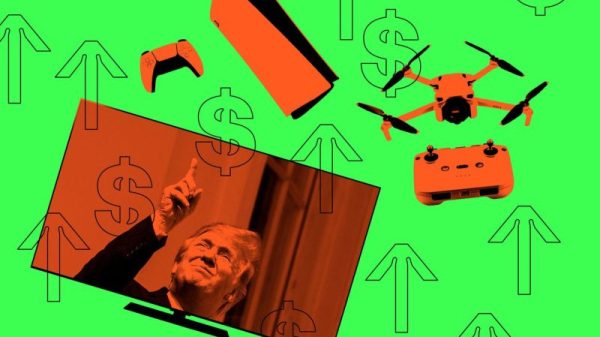Here are some observations from golf that you might want to take into consideration.
1. I cannot begin to count the number of times while playing golf that someone thinks they are “away” when the distance between their ball and the cup versus the other person’s ball and the cup are significantly different – and the one who thinks they are away are not. Spatial orientation is a gift – some have it, some do not. Here’s how to get a much better estimate as to who is away:
A. Estimate the midpoint between the two balls (this could also be a problem with the same person who is wrong about who is away in the first place) by standing as close to that midpoint as you can.
B. Then, with your putter aligned perpendicular to the imaginary line between the balls (again this might be a problem for some) you can then see which side of the cup the perpendicular bisector is on. The side of the cup that it is on is the same side as the ball that is further from the cup.
As you can see from the graphic below, Ball A is further from the cup than Ball B because the perpendicular bisector passes by the cup on the Ball A side.
2. I often hear that, when on an elevated tee box where the green is significantly below the level of the tee box, that you should automatically take off one club or two clubs. Well, I agree to this, sort of, but one needs to understand that it also depends upon which golf club you are going to use when the green and the tee box are essentially level.
Let’s say that the distance from tee to center of the green is 165 yards. Normally, for me that would be a 5-iron, but for a professional golfer it might be a sand wedge. That is a big difference in clubs plus a big difference in ball trajectory.
The much steeper (taller) trajectory (wedge) will be dropping much more for distance traveled when descending over the green than the longer iron. Therefore a shorter iron (wedge) would not need to reduce the club selection nearly as much as a longer iron, and in some cases maybe not at all.
I like to call his more Ordinate than Abscissa, but that’s another story.
3. Personally, I want the pin removed from the cup whenever I am using a putter while off the green. While the pin might assist with an over-powered shot, those shots are usually made with a wedge by a miss-hit. Chances are you won’t “blade” a putter.
If you have ever played billiards, you probably understand the transfer of “English” that a ball can make with other balls or the rails. A putted golf ball is no different and should always have top-spin. If you think of that top-spin English transferring to the pin, then it theoretically will cause the ball to rise slightly – or, said a little differently (and probably more accurately), it will slow the gravitational affect when the ball is over the hole after bouncing off the pin. Hitting the pin anywhere other than dead center will cause the ball to move to the side (A-C). The side of the cup at that point is slightly closer (by the diameter of the pin) than the back of the cup (A-B), where theoretically, the ball would go with the pin removed. Please ignore hand-drawn errors.
Hence, if using your putter while off the green, I think you have a better chance of making it into the cup by removing the pin. The exception is that you still have to deal with that “worst” distance in golf, which is between your ears. When the ball is rolling on the green in an appropriate speed so that if you miss the hole, it will go 1-2 feet beyond. In that case, leaving the pin in cannot possibly assist in anyway. It could, however, cause to you bounce off the pin and not go in the hole.
4. Plumbing the line with the putter is another concept I truly just do not understand. If the goal is to see a line directly between the ball and the hole to assist in playing a break, then it sort of makes sense if being able to see the line while standing behind the ball is the problem in the first place. Other than that, I don’t see any productive information from it. There is no math involved, I’m certain.
Conclusions: Many things in golf can be resolved with simple math (geometry in this case). Many of the ideas presented here are controversial and certainly arguable, but hopefully this has shed some light on something you may have never considered. And to add perspective, none of this has helped my game.
Fore!
Some comments on Projectile Motion follow…



























